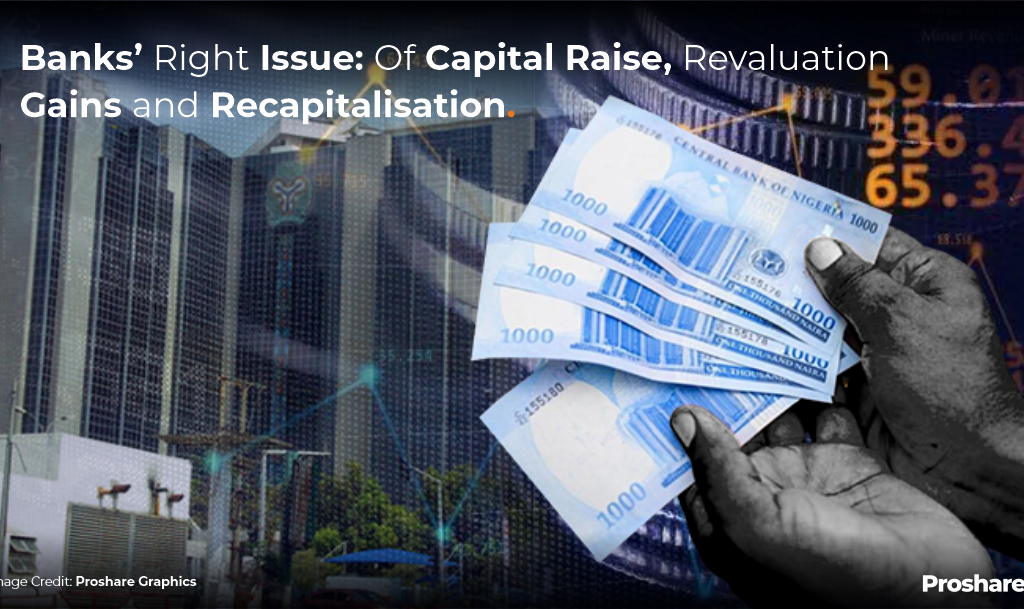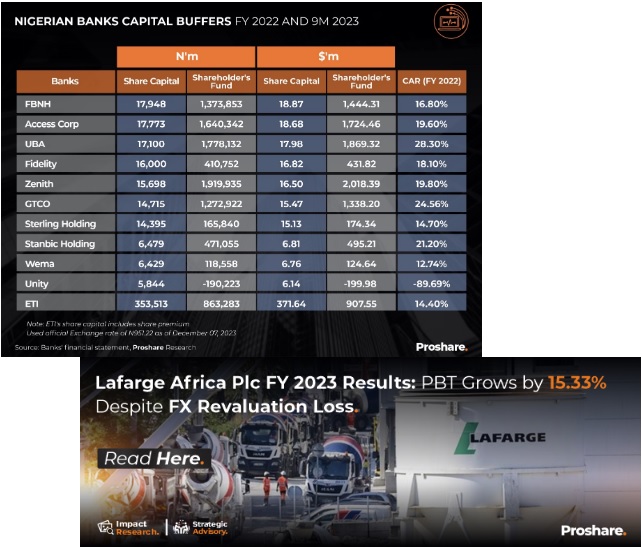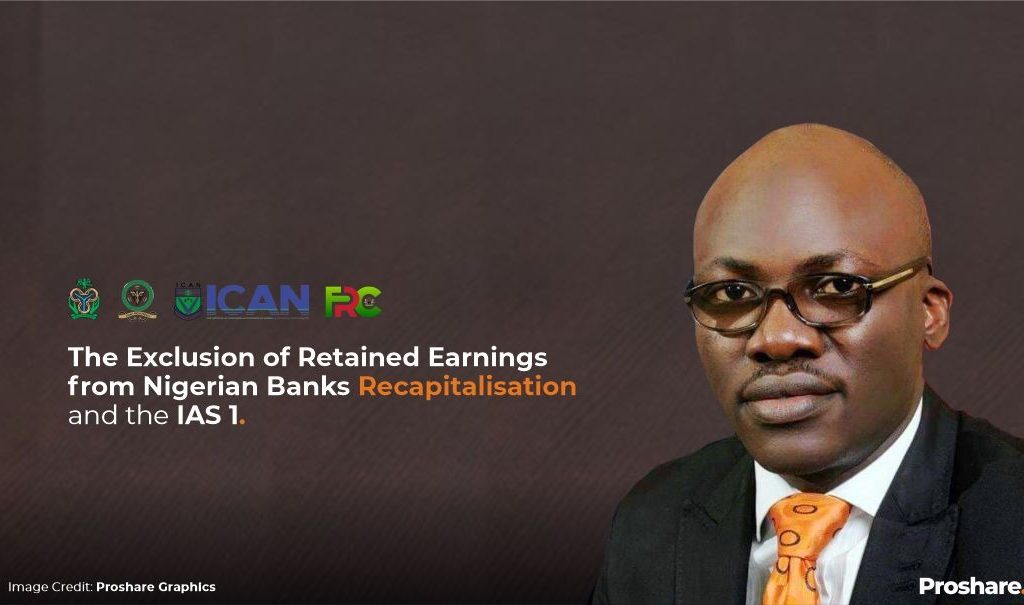Base erosion, profit shifting, a global minimum corporate tax rate and Singapore’s new Refundable Investment Credit – CNA’s Tang See Kit tries to make sense of it all.

A view of the Singapore skyline on Jan 27, 2023. (File photo: Reuters/Caroline Chia)
SINGAPORE: Singapore on Friday (Feb 16) announced a sprucing up of its economic policy toolkit, with a new Refundable Investment Credit aimed at ensuring the country retains its appeal as a top investment destination.
Deputy Prime Minister and Finance Minister Lawrence Wong in his annual Budget speech said this was necessary amid tougher competition for investments around the world, and as Singapore makes major changes to its corporate tax system to be in line with a global minimum tax rate of 15 per cent.
This new tax floor is part of what’s called the BEPS 2.0 framework – Base Erosion and Profit Shifting – an overhaul of international rules aiming to tackle tax avoidance by multinational firms.
What exactly is BEPS?
Base erosion: When companies use deductible business expenses – costs of keeping a firm running, such as wages, rental and utilities – to reduce their taxable income.
Profit shifting: When firms move their profits from high-tax jurisdictions to low- or no-tax locations.
Together, BEPS refers to tax planning strategies deployed by multinational firms, to exploit gaps in tax systems and avoid paying a fairer share of tax.
How some companies have done this
For example, Nike was identified in the 2017 Paradise Papers, a leaked trove of financial documents showing offshore investments of wealthy individuals and institutions, as having moved large chunks of its profits from other markets to Bermuda.
It did this by registering its intellectual property rights, such as its logo and product designs, with a subsidiary located in Bermuda.
The subsidiary, which did not appear to have any staff or offices, would then charge Nike subsidiaries in other markets large trademark royalty fees.
These fees helped to lessen Nike’s taxable income in these other markets, while allowing the company to legally shift profits to a tax haven.
Other large firms such as Shell and tech giants Facebook, Google and Amazon have also been singled out by tax authorities and industry groups for creative accounting.
According to Britain-based advocacy group Tax Justice Network, nearly US$1.4 trillion (S$1.9 trillion) worth of profits are shifted into tax havens by multinational companies every year.
This means US$245 billion in lost corporate tax for governments annually – funds which could have been used to build schools, hospitals and other key infrastructure projects.
To be sure, it is not just companies which are under pressure to reduce their taxes.
Jurisdictions themselves compete with one another to attract foreign investments, in turn creating a downward spiral in corporate tax rates globally.
These rates have fallen from an average of 40 per cent in 1980 to 23 per cent now – what United States Treasury Secretary Janet Yellen has called a race to the bottom.
Jurisdictions also sweeten the deal by doling out additional reliefs and subsidies, meaning that businesses end up paying even lower corporate taxes.
And what’s BEPS 2.0?
Discussions to revise global tax rules and make large businesses pay more taxes have been underway since 2013.
But it was in 2021 when a decisive, significant step was finally taken.
Led by the Organisation for Economic Cooperation and Development (OECD), nearly 140 countries agreed to a two-pillar solution known as BEPS 2.0.
The first pillar looks to reallocate certain taxing rights from the multinational enterprises’ (MNEs) home countries, to the markets where their consumers are based and products sold.
The implementation date for this pillar remains unclear.
The second pillar prescribes a global minimum corporate tax rate of 15 per cent for MNE groups with annual global revenues of 750 million euros (S$1.09 billion) or more.
Under this second pillar, there are several interlocking measures such as an Income Inclusion Rule, Domestic Minimum Tax and Undertaxed Profits Rule – more on these later.
How other countries are adopting BEPS 2.0
The UK has enacted the Income Inclusion Rule and a Domestic Top-up Tax – also known as the Domestic Minimum Tax – for business accounting periods beginning on or after Dec 31, 2023.
Likewise, Australia has implemented both initiatives from January.
Switzerland has rolled out the Domestic Top-up Tax from January this year and said it will revisit other components under pillar two “at a later point in time”.
Japan will enact the Income Inclusion Rule from April this year.
Elsewhere, others like Hong Kong and Malaysia have announced plans to adjust their corporate tax rules from 2025.
What’s Singapore’s approach?
Singapore has, since 2022, signalled that it was mulling a top-up tax for large MNEs. A year later, Mr Wong confirmed that it will kick in from 2025, though details were scant.
On Friday, in his Budget speech, Mr Wong announced that from Jan 1, 2025, Singapore’s corporate income tax regime will move ahead with two components under the second pillar of BEPS 2.0.
The first is the Income Inclusion Rule.
Under this, an MNE parented in a jurisdiction will pay 15 per cent corporate tax for all overseas profits. The rule kicks in when an MNE’s overseas subsidiary is taxed below the new tax floor – a move to ensure that the parent entity consistently pays a 15 per cent tax rate regardless of where it operates, experts said.
In summary, this means MNE groups with parent companies in Singapore will have to pay a minimum effective tax rate of 15 per cent on profits made by their overseas subsidiaries.
The second is the Domestic Top-up Tax or Domestic Minimum Tax, which applies to local profits made by MNE groups.
This allows a jurisdiction to retain taxing rights and collect any top-up taxes which kick in when the effective corporate tax rate of an MNE’s local profit is below 15 per cent. If uncollected, these will flow overseas, such as to an MNE’s parent jurisdiction, under the Income Inclusion Rule mentioned earlier.
Although Singapore’s headline corporate tax rate is at 17 per cent, many businesses pay a lower effective tax rate due to various reliefs aimed at encouraging activities beneficial to economic development.
Authorities here have previously pointed to about 1,800 MNE groups in Singapore that would meet the revenue threshold of 750 million euros (to be taxed the global minimum corporate tax rate). “A majority” of these have effective tax rates below 15 per cent, and thus qualify to pay top-up tax.
“Without this tax, these MNE groups would have had to pay their parent jurisdictions the effective tax rate of 15 per cent on their Singapore profits,” Mr Wong said on Friday.
Hence, it’s in Singapore’s interest to implement this top-up tax, so that the country collects the tax “rather than have it go somewhere else”.
Another component, the Undertaxed Profits Rule, will be considered at a later stage.
This rule largely functions as a backstop to instances where the Income Inclusion Rule or Domestic Top-up Tax is not enforced, said the Grant Thornton advisory’s Singapore head of tax David Sandison. So the delay is “not surprising”, he added.
“The best example is the low-taxed Singapore income of a Singapore parented group or the low-taxed profit of a Singapore subsidiary being held directly by a non-BEPS country. There is no rush to tax either of these if no other country is getting the top-up tax,” he explained.
Altogether, the latest corporate tax announcements provide “welcome certainty” for affected MNEs to plan their overall business strategies, said Mr James Choo, international tax and transaction services partner at professional services firm EY.
What are the bigger implications for Singapore?
The new regime of a global minimum corporate tax rate essentially means reduced scope for Singapore to use traditional tax incentives to attract new investments.
And this inevitably raises concerns about whether Singapore could lose its shine as a prime location for global businesses, whose investments are crucial for growing the economy.
Local businesses will not be spared the consequences either.
“The global tax rule doesn’t directly impact the local SMEs, but I think the concern is … if there’s a shift in how the global companies are domiciling then that will have knock-on effects on our businesses,” said Mr Ang Yuit, president of the Association of Small and Medium Enterprises (ASME).
Singapore has repeatedly warned that multinational firms are “mobile and … have options” for their next investment projects. Governments around the world are also rolling out vast subsidies to attract investments to build up their own strategic industries.
Still, Singapore “really has no choice” but to implement these corporate tax changes, Mr Sandison told CNA.
“Otherwise, it would be giving tax revenues away to the parent company tax authorities, where in some cases BEPS legislation is already operating.”
In his Budget 2024 speech, Mr Wong said the implementation of BEPS pillar two initiatives will provide additional revenues to the government in the short term, but it’s “uncertain how much this will be or how long it will last”.
He warned that Singapore may even see a reduction in its tax base, should MNEs shift some of their activities to other jurisdictions in response to the new business environment.
Enter the new Refundable Investment Credit. How will it work?
The Refundable Investment Credit (RIC) works as a tax credit with a refundable cash feature. It will be awarded based on qualifying expenditures incurred by a company, for a qualifying project over a period of up to 10 years.
Such expenditures may include capital expenditure, manpower and training costs. Companies can receive up to 50 per cent of support on each category.
If awarded, companies will be able to use the credits to offset their payable corporate income tax.
Any unutilised credits will be refunded to the company in cash within four years from when the company satisfies the conditions for receiving the credits.
Singapore’s Finance Ministry said this new scheme is consistent with Global Anti-Base Erosion Rules for Qualified Refundable Tax Credits (QRTCs).
QRTCs have long been touted as a viable alternative to traditional tax incentives, in a post-BEPS 2.0 world. This is because such credits are treated as income, rather than a tax relief that reduces an MNE’s effective tax rate.
Several experts said the RIC will help Singapore remain top-of-mind among global investors.
“Given that BEPS is likely to affect all jurisdictions that currently give away incentives in equal measure, it would be a case of ‘out of the frying pan, into the fire’ if businesses moved,” said Grant Thornton’s Sandison.
“The Refundable Investment Credit is clearly aimed at staunching any outflow and keeping the playing field level.”
Mr Ajay Kumar Sanganeria, partner and head of tax at KPMG Singapore, said the scheme’s support for a wide range of project activities was “a compelling proposition” for MNEs to invest in Singapore.
These include the setting up or expansion of manufacturing facilities, new innovation and research and development (R&D) activities, as well as activities supporting the green transition.
For the RIC to have an even greater effect, it could expand beyond being expenditure-based to include output-based features, such as the volume of products manufactured in Singapore, Ms Yvaine Gan, global investment and innovation incentives leader at Deloitte Singapore, suggested.
“This greater flexibility of having a combination of expenditure-based and output-based credits will address the needs of a broader range of businesses, making the RIC an even more impactful incentive in supporting companies in the changing investment landscape,” she said.
What else is Singapore doing to stay competitive?
Mr Wong on Friday also announced a S$2 billion top-up to the National Productivity Fund to support the RIC and other investment promotion efforts.
He also said Singapore will further inject S$3 billion into its Research, Innovation and Enterprise 2025 plan; invest more than S$1 billion in artificial intelligence development over the next five years; and boost the SkillsFuture scheme among other plans.
The slew of initiatives is “set to inspire confidence among companies to anchor and expand their high-value economic activities in Singapore, particularly in light of the rapidly evolving and dynamic macroeconomic landscape”, said Mr Lee Bo Han, partner for R&D and incentives advisory at KPMG Singapore.
But beyond the policy toolkit, other considerations – such as a business-friendly and stable political environment as well as a competitive workforce – still matter for global investors. And these remain Singapore’s strengths, experts said.
“It’s not just about taxes, but also about the others (like) manpower, our transparency or our efficiencies, our law and order; all these still have to pay a very, very important role,” said OCBC’s head of treasury research and strategy Selena Ling. “It still comes down to the overall investment climate (of) Singapore.”
Mr Victor Mills, chief executive of the Singapore International Chamber of Commerce, pointed to attributes such as fair and progressive tax regime, pleasant living conditions, as well as a strategic location that provided easy access to the region.
“MNEs will always do what is most advantageous for them,” he said. “Singapore remains advantageous because of its brand.”
Excerpt from CNA/sk(jo)











